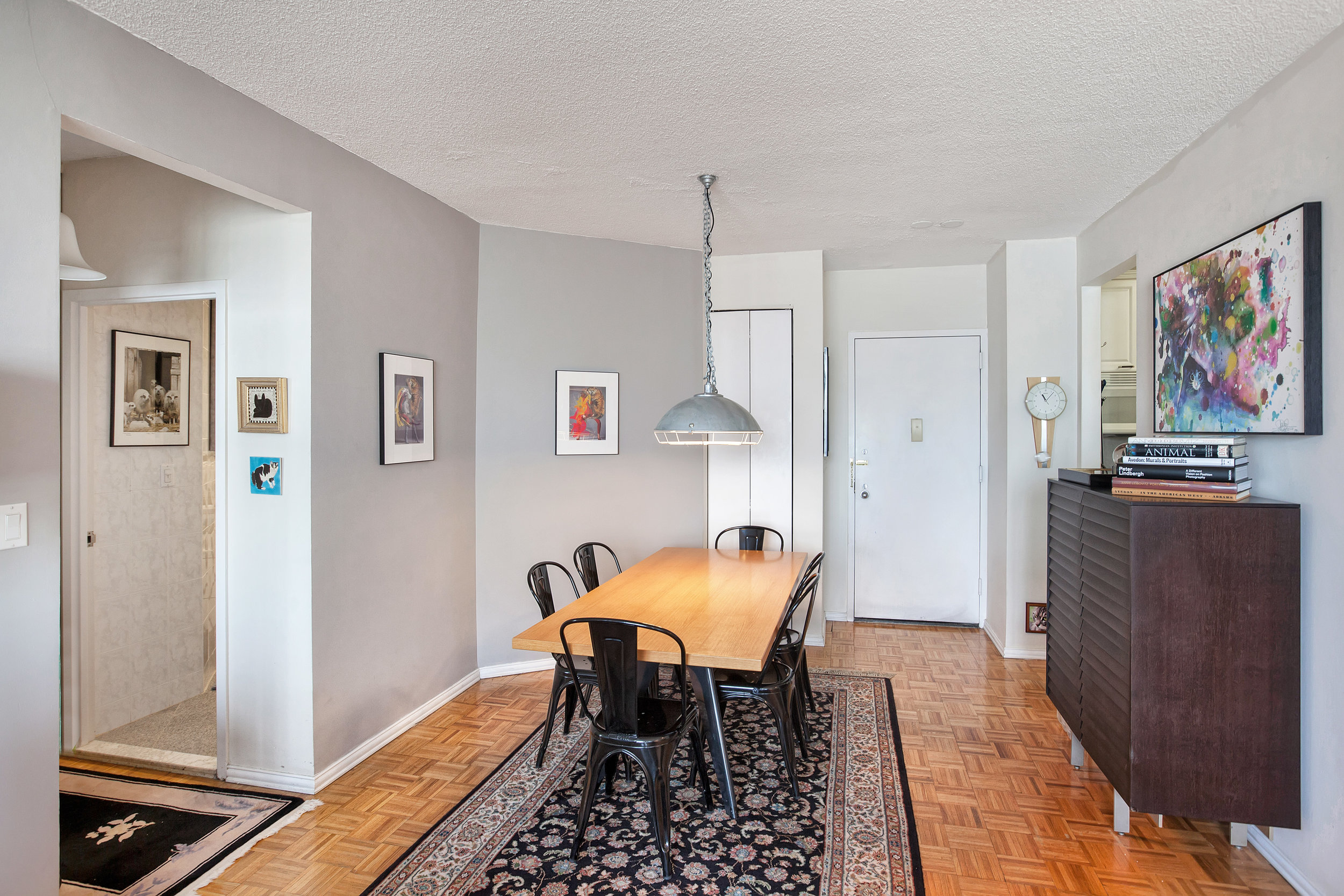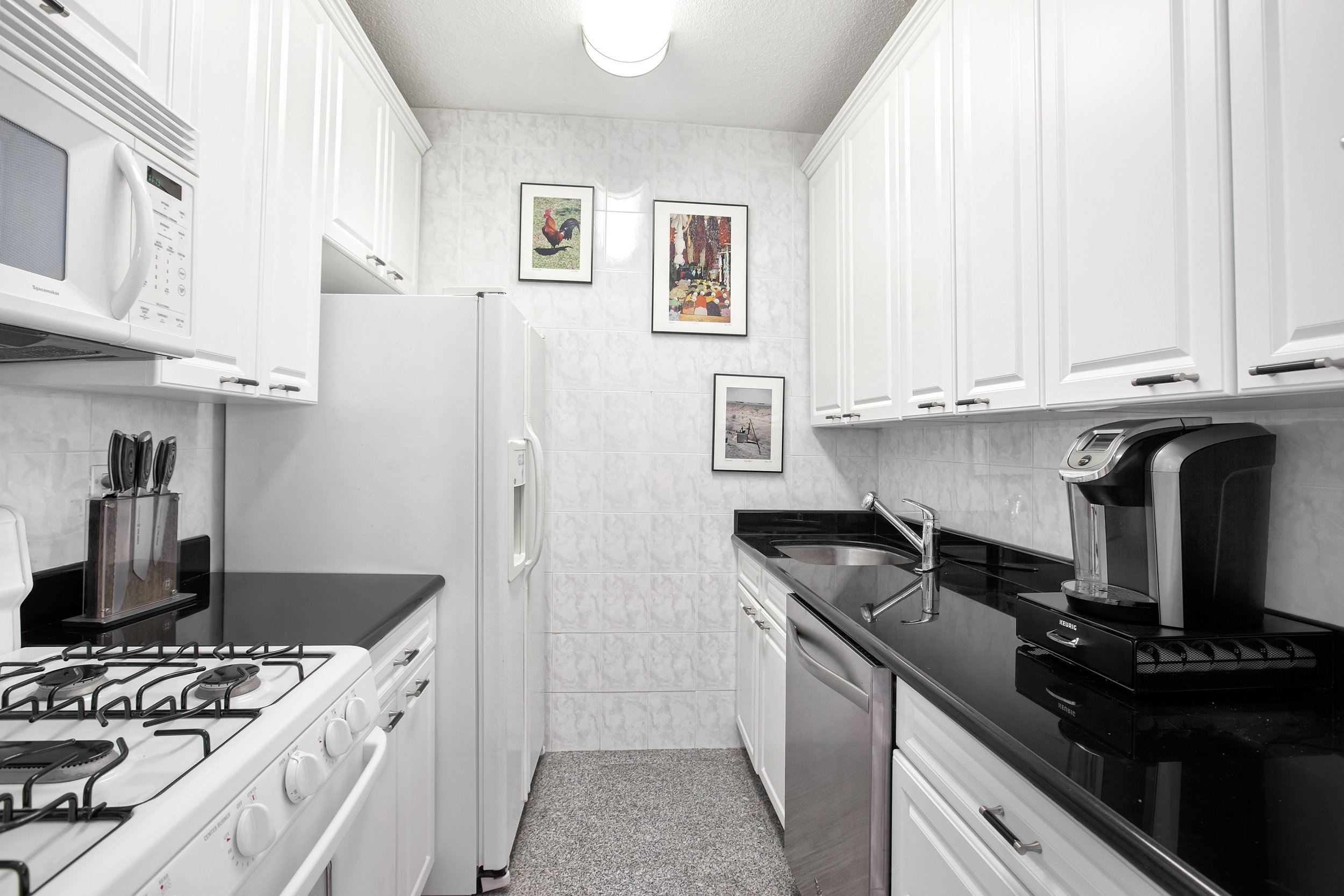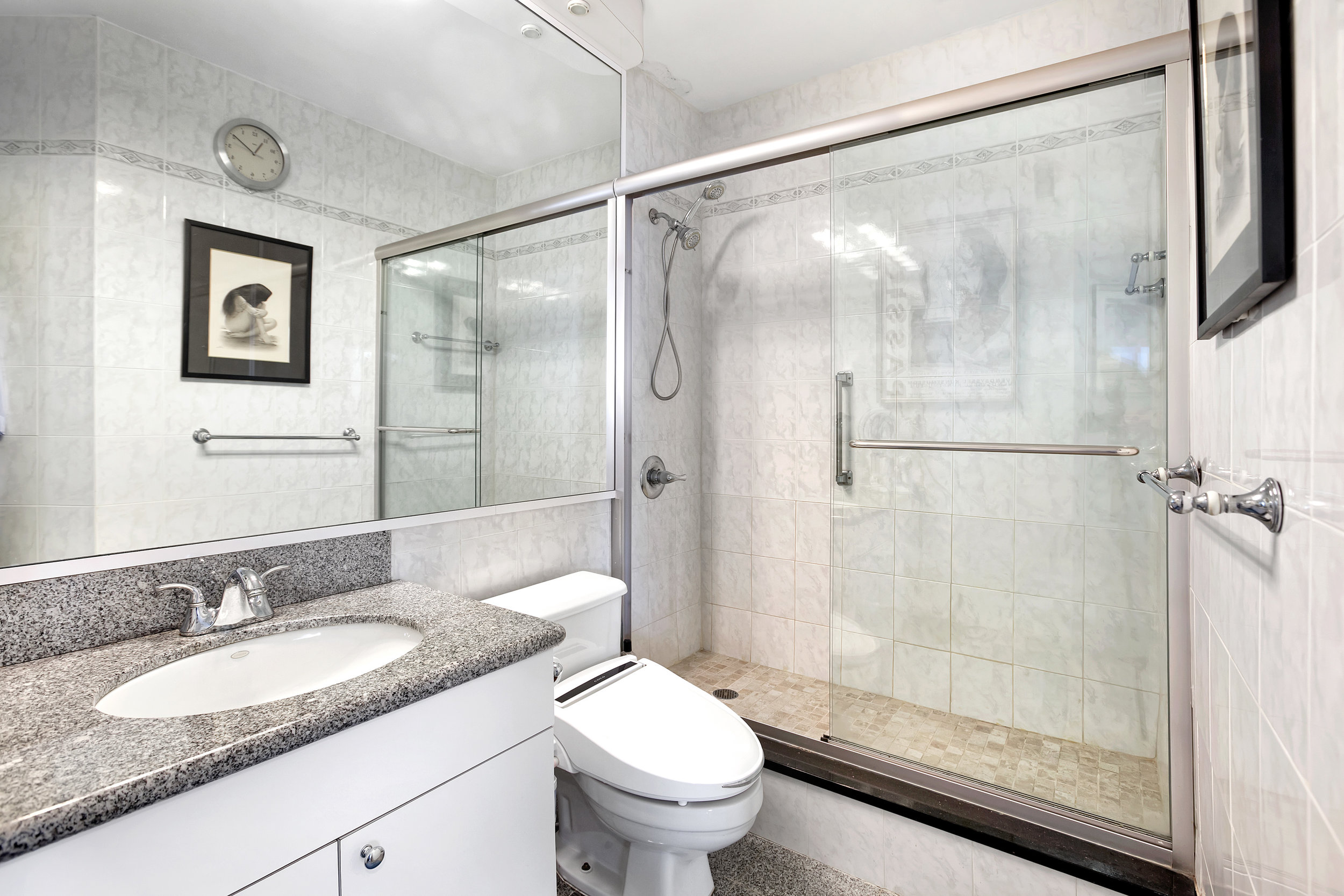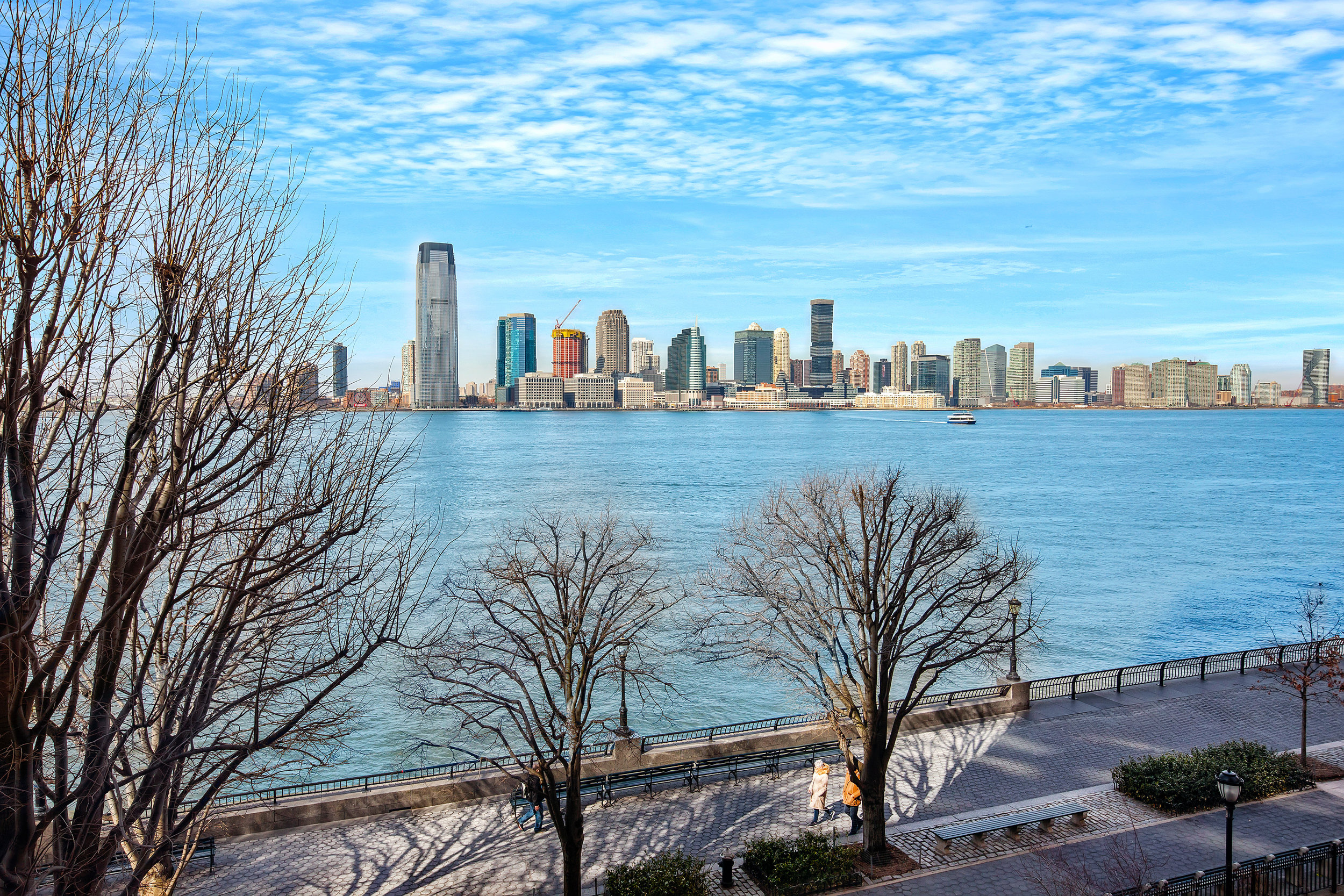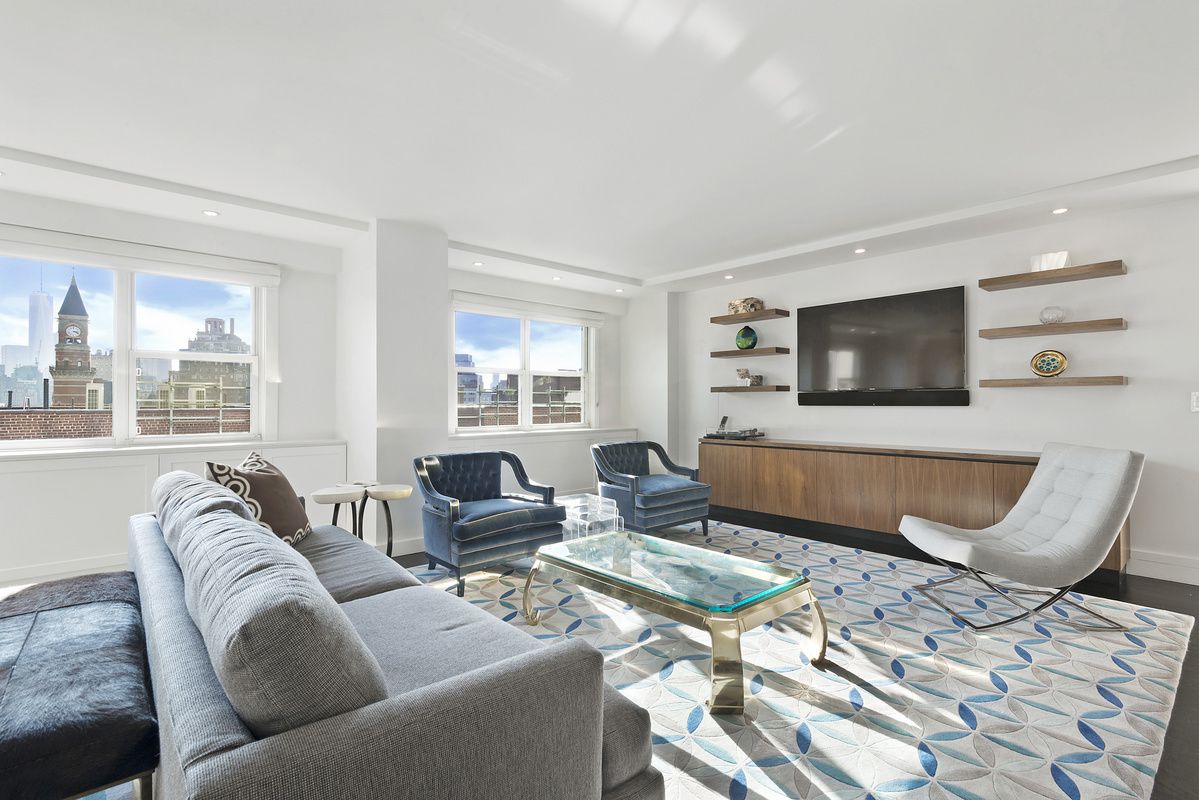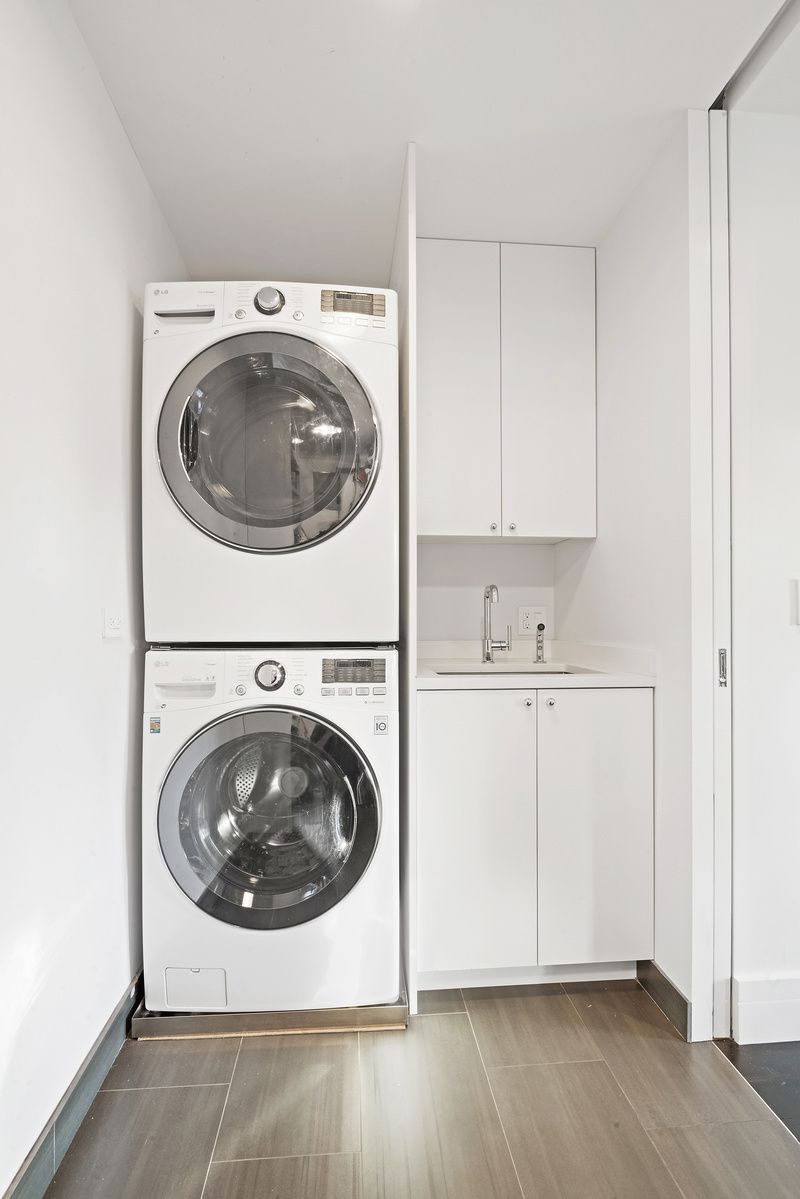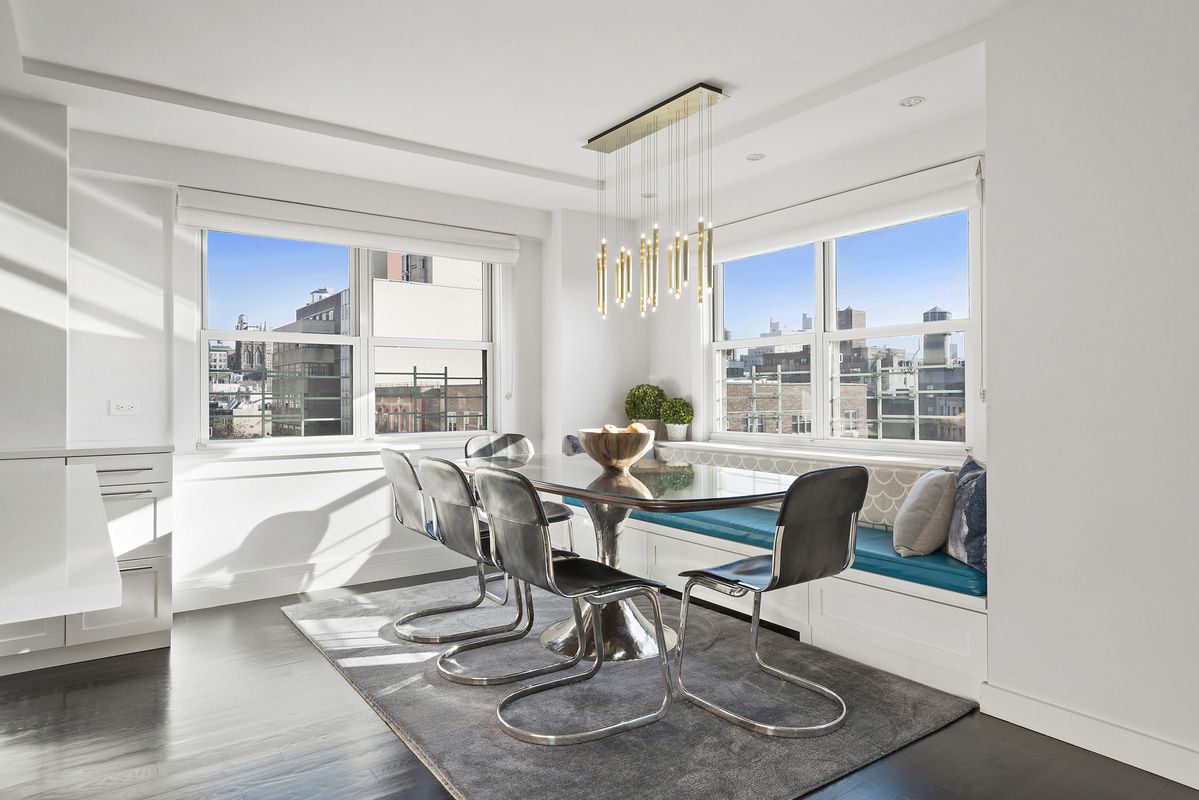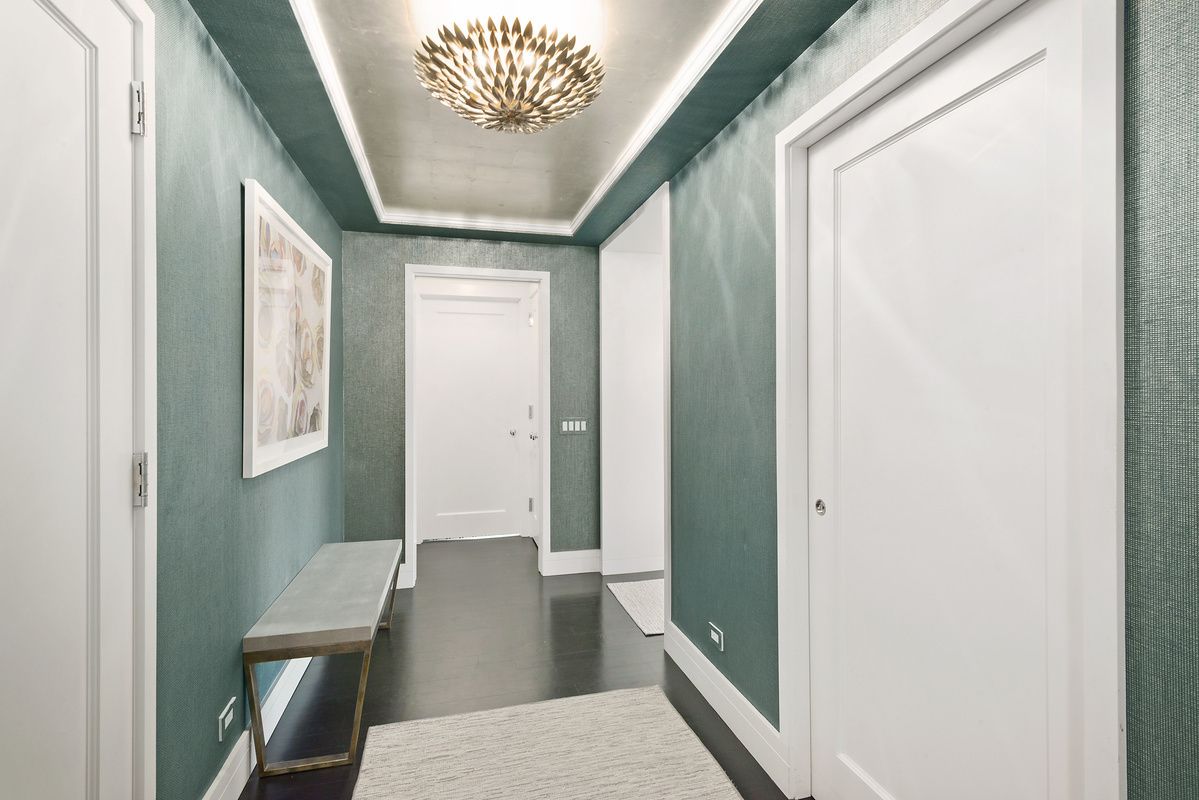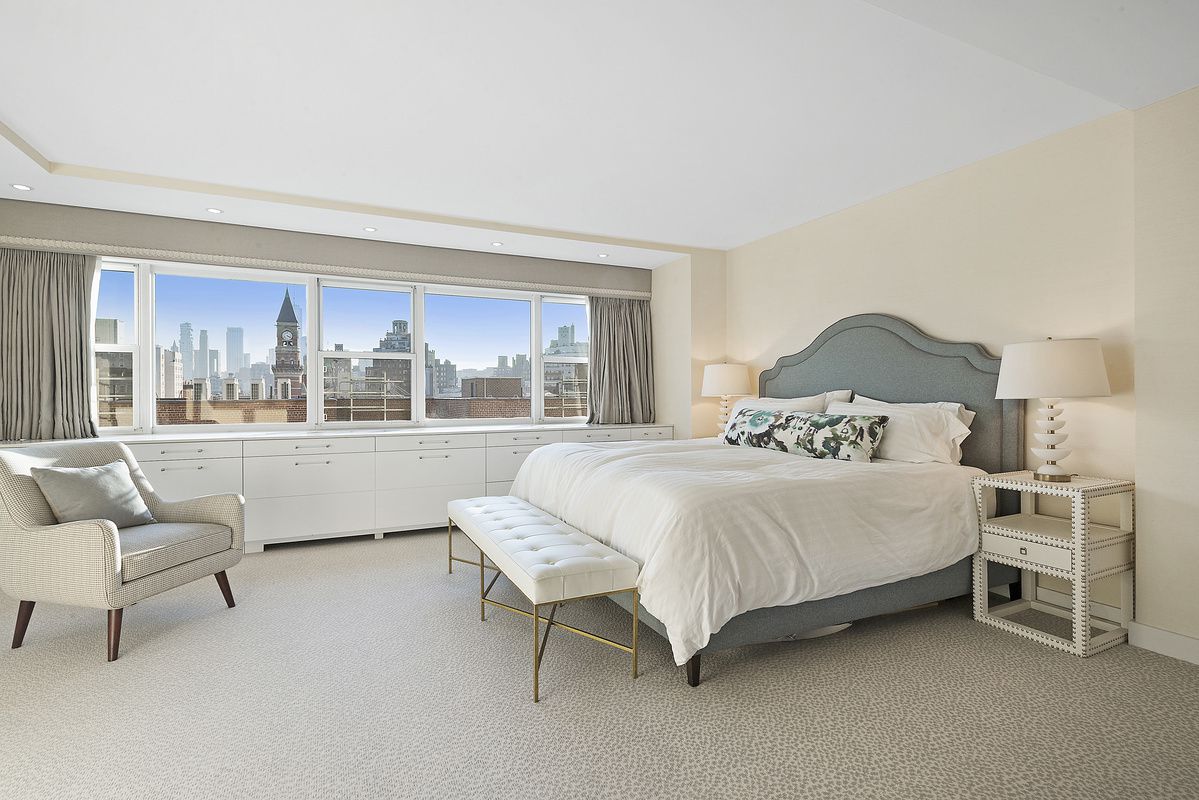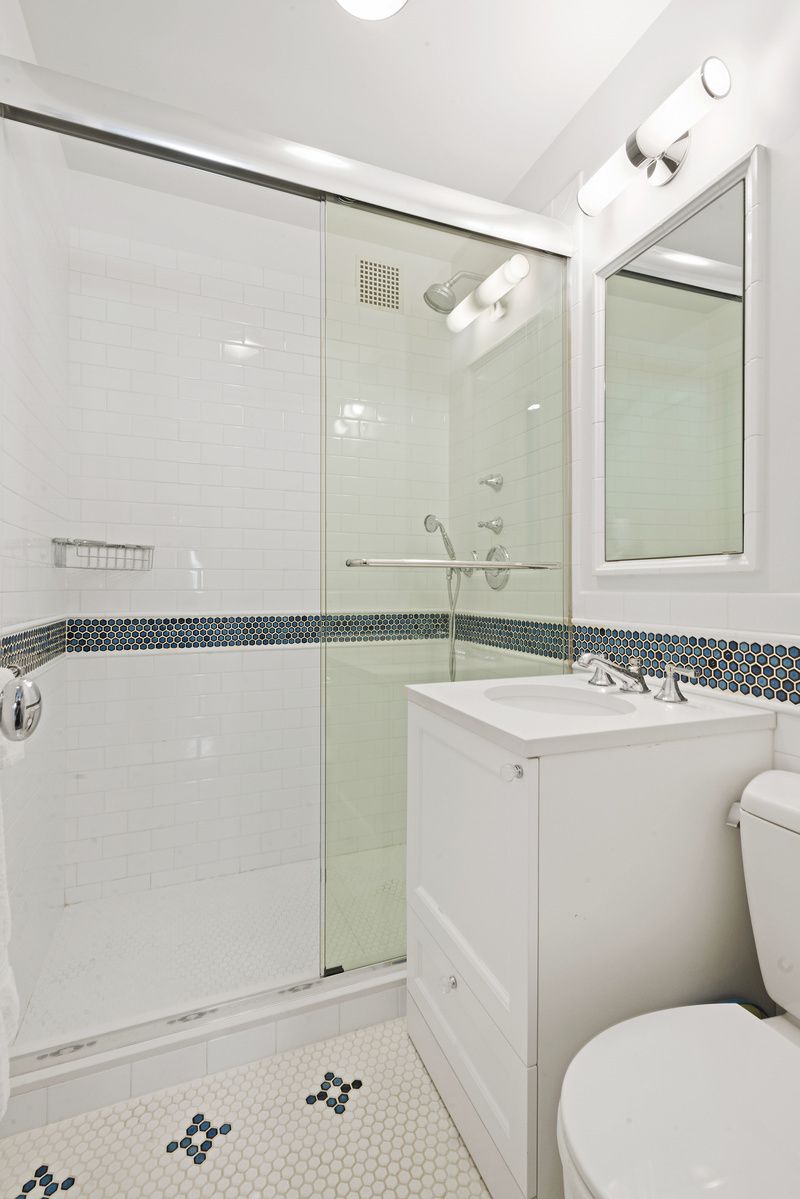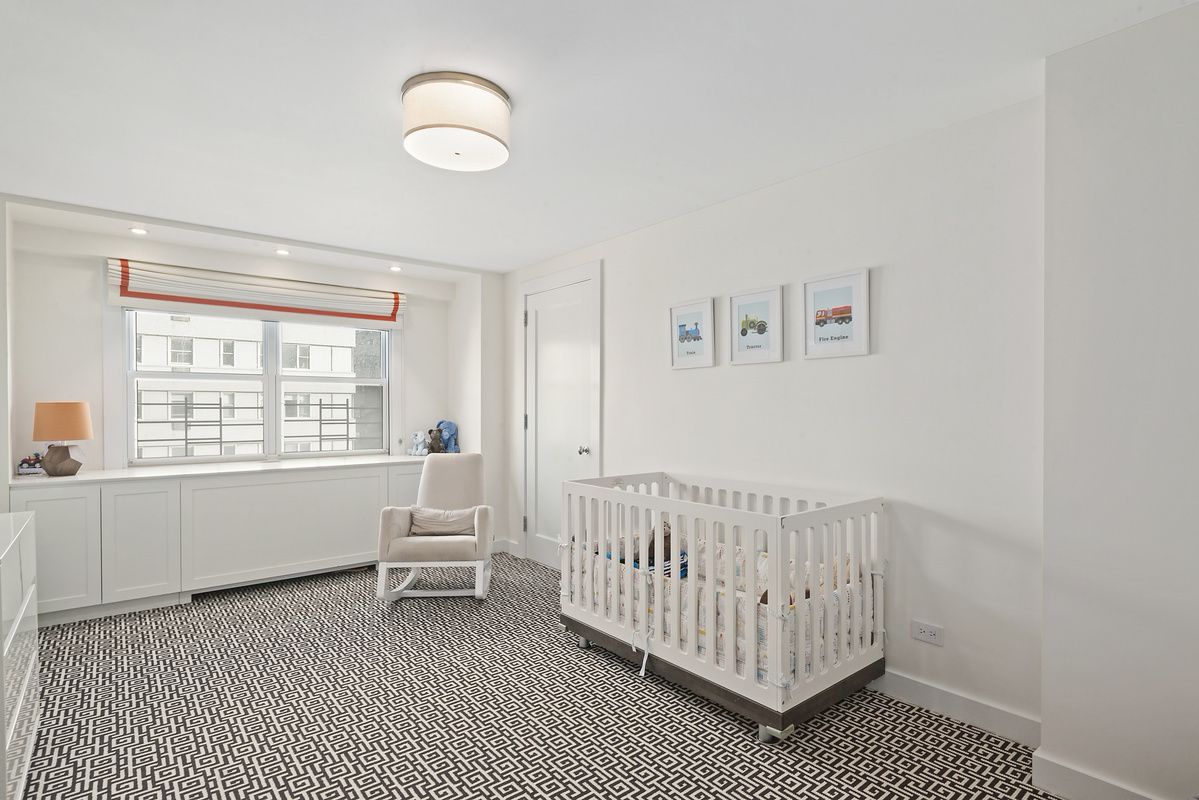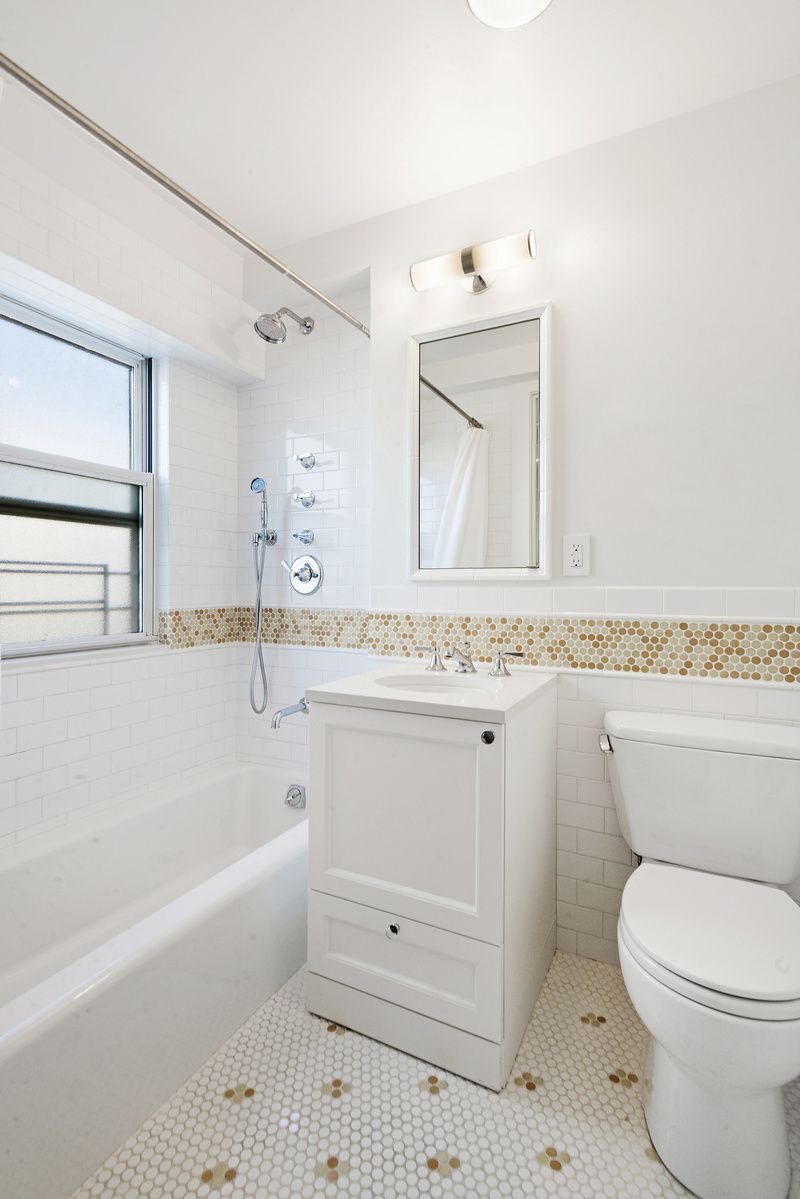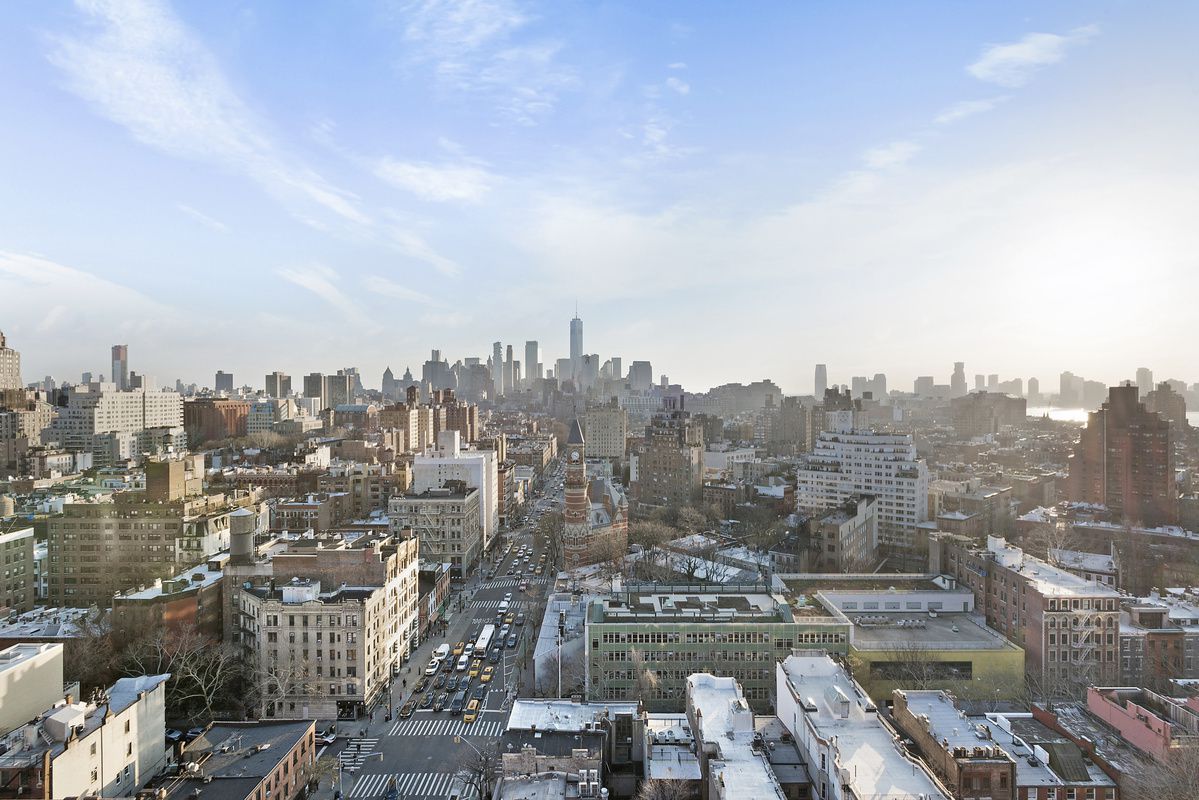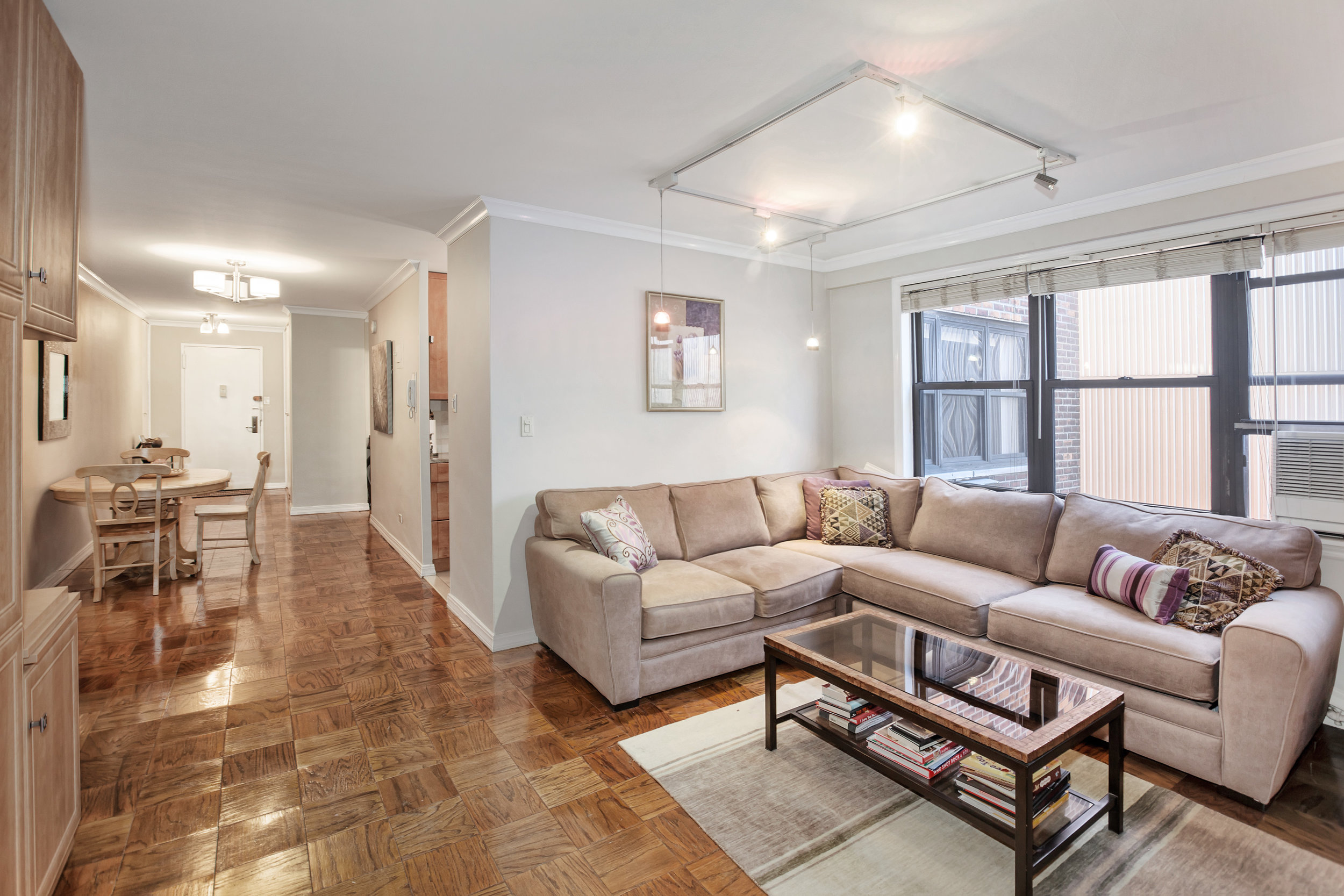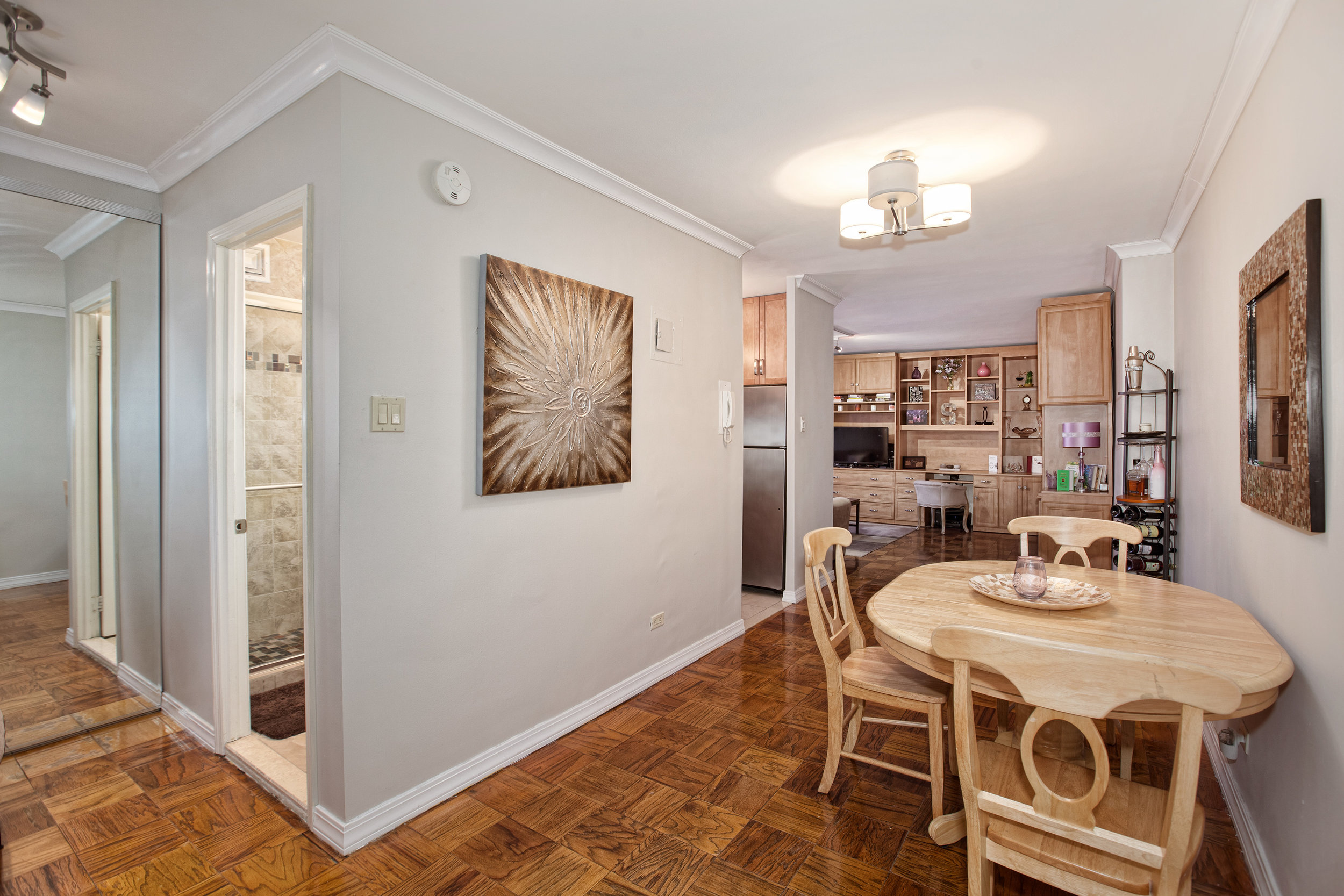After landing on Amazon’s list of 20 potential cities for its second headquarters in January, New York City is one step closer to securing $5 billion in city investment and 50,000 high paying jobs. Although the city pitched four neighborhoods for the tech-giants’ HQ2 (Midtown West, Long Island City, the Brooklyn Tech Triangle, and Lower Manhattan), one investor has a different, less grounded location in mind. Real estate mogul Charles Urstadt took out an ad in the New York Post on Friday detailing his plan to bring Amazon to a landfill in the Hudson River.
Urdstadt, best known as the founder of the state-agency Battery Park City Authority, calls for Amazon to pay a nominal amount for underwater land measuring 2,000 feet from north to south, stretching 1,000 feet into the river.
Urdstadt first revealed his ambitious vision for HQ2 in an op-ed published last month in the Broadsheet. He recommends New York use landfill to create the property in the Hudson. He wrote: “Using fill to extend Battery Park City beyond its current northern border (roughly at Chambers Street) by half a mile (to a point just below Canal Street) would create more than 60 acres of additional new land in Tribeca, one of the most desirable residential and business districts in the United States.”
In exchange for the new acres of waterfront land, Amazon would pay a “nominal annual ground rent,” which Urdstadt says would be a fraction of the cost if the company had to purchase it instead. And the staff of the Battery Park City Authority, which is made up of architects and engineers, would be in charge of overseeing and maintaining the landfill.
“Only New York can offer Amazon benefits that such a scheme would make possible,” Urdstadt wrote. “And only in Lower Manhattan do all of these possibilities come together in a single place. A creative partnership between the public and private sectors to bring Amazon to the Hudson River waterfront will benefit both, but the best reason for doing it is that it will (in more ways than one) enrich the City and its people.”
[Via NY Post]


